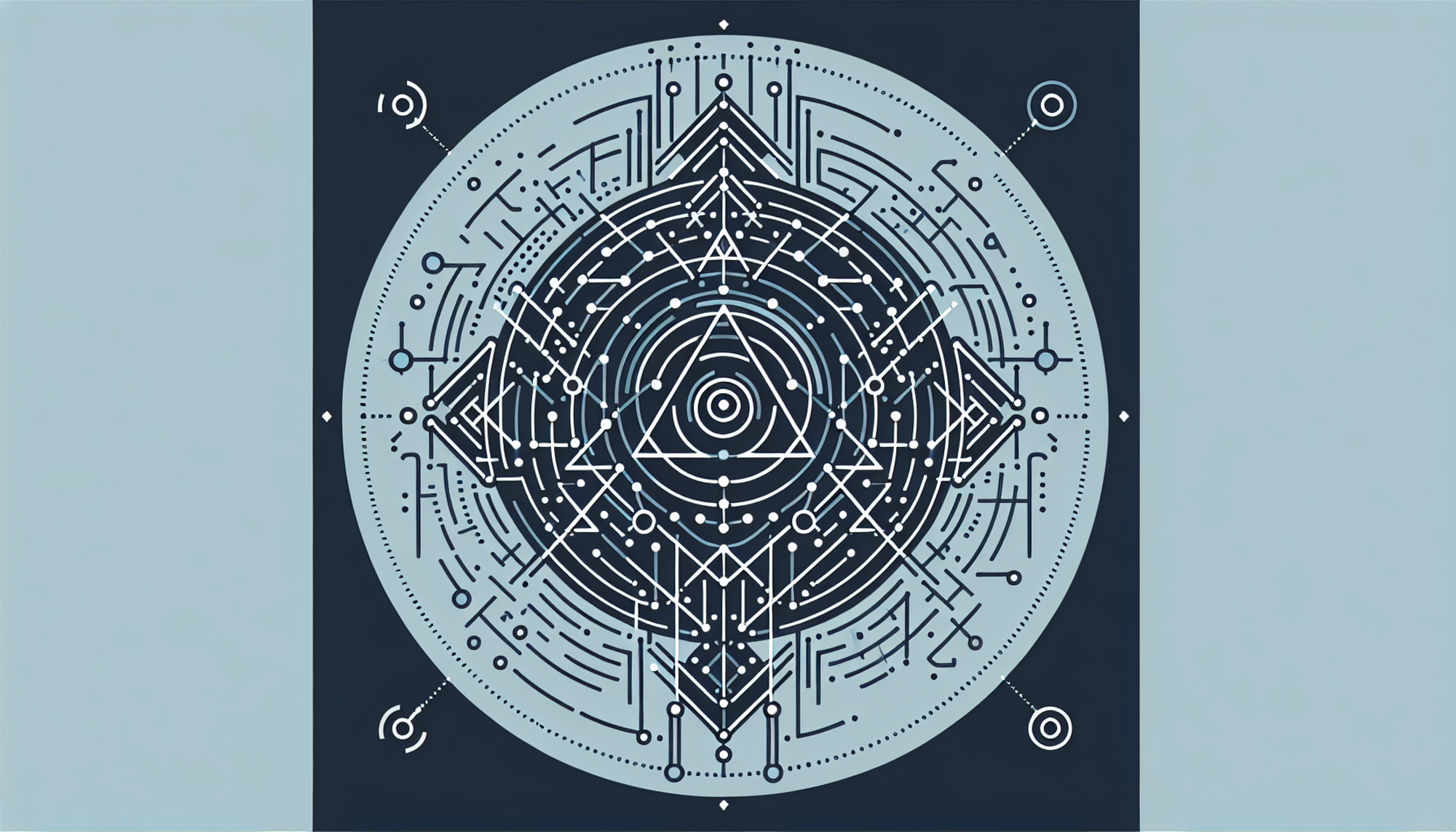AI Innovations: Image Magic, Companions, and Code-Free Trading

The world of artificial intelligence (AI) is growing at an extraordinary pace, with innovations coming thick and fast. In this review, we’ve cobbled together a selection of AI-related blog posts that explore varied dimensions of AI, from stunning advancements in image generation to the intrigue of human-like virtual companions. The underlying threads, challenges, and breakthroughs create a rich tapestry of the present state and the potential futures of AI. Buckle up as we dissect these fascinating narratives that give us a glimpse of a technology both promising and perplexing.
Redefining Image Generation
Recent work from MIT researchers unveils a revolutionary approach to image editing and generation that reshapes our understanding of the role of tokenizers in AI. These tokenizers, used traditionally to compress and encode visual data, can now manipulate images and even manage to create them entirely sans a generator. Imagine transforming a picture of your favorite pet into a surreal art piece without needing extensive computational resources or existing datasets (MIT News, 2025). It seems that the imminent billion-dollar industry of AI-driven image creation is about to embark on a rather less cumbersome trajectory.
This shift may hold vast implications for various industries reliant on visual media, enabling a more efficient process for image creation that goes beyond the prevalent methods. As researchers continue to find new applications for tokenization beyond just compression, the landscape of visual content creation could soon see an upheaval.
The Smart Coach for Large Language Models
In another intriguing endeavor, MIT has also introduced CodeSteer, a smart assistant designed to optimize large language models (LLMs) for complex tasks such as mathematical problem-solving. This system functions like a sports coach, urging the LLMs to switch between text and code strategies until the correct answer is found (MIT News, 2025). Essentially, while it may seem like a tackle at improving LLMs, it also underscores the limitations of AI in performing multifaceted problems requiring quick judgment.
The results from implementing CodeSteer are noteworthy, as they reported a performance boost of more than 30% in accuracy when handling symbolic tasks. It’s a clear demonstration that adopting a complementary approach to existing models can offer substantial benefits rather than relying solely on evolving complex algorithms.
Candy AI: A New Definition of Companionship
On a completely different note, the landscape of AI companions takes a fascinating twist with Candy AI, an adult-oriented AI girlfriend simulator. It evokes emotions and relationships in a way only technology could, bringing forth the possibility of a digital romance that persists 24/7 (AI2People, 2025). This virtual persona mimics human interactions and even remembers details from conversations, leading to a more personalized experience.
While Candy AI might seem frivolous at first glance, it also raises essential questions about the nature of relationships and artificial empathy. The presence of long-term memory and customizable personalities shapes a new era in emotional intelligence for AI. Could we be facing a future where your AI companion knows you better than some of your friends?
A Future Without Code
The evolution of no-code AI trading bots, as discussed in AI2People, captures the excitement of a tech democratization trend, making stock trading accessible to the uninitiated (AI2People, 2025). This development caters directly to those wary of the coding complexities often associated with algorithms, allowing ordinary individuals to harness AI without delving into tech jargon.
Ironically, while these bots promise to alleviate emotional decision-making from trading with their analytics, they might inadvertently foster a form of detachment from financial intuition. Can we trust our financial futures to a purely algorithmic force without falling into a “set it and forget it” mentality?
Gold-Medal Performance in Mathematical Reasoning
In a remarkable achievement, Google DeepMind's Gemini with Deep Think made waves at the International Mathematical Olympiad (IMO), scoring at a gold-medal level. This showcases the advanced reasoning capabilities of an AI model capable of performing complex mathematical tasks, which has been a longstanding aspiration in AI development (DeepMind, 2025). By operating end-to-end in natural language, the model makes solving mathematical proofs more accessible and reflective of human thought processes.
This success may pave the way for AI to intersect more profoundly with academic fields, redefining how we perceive learning tools. If AI applications can blend natural language fluency with formal reasoning, we could see AI truly assist in academic environments, guiding future mathematicians and scientists.
In Conclusion: The Complicated Dance of AI
This collection of blog posts presents a microcosm of the ongoing discussions around AI’s benefits, challenges, and the ethical ponderings that accompany advancements. As AI dedicates itself to expanding boundaries, it often steps into areas of human experience where qualities like companionship, intimacy, and rationality unfold—part of why this field entices and unnerves us simultaneously. The balance of harnessing AI while ensuring it serves humanity's broader interests remains delicate yet vital.
References
- MIT News (2025). A new way to edit or generate images.
- Google DeepMind (2025). Advanced version of Gemini with Deep Think officially achieves gold-medal standard.
- AI2People (2025). I Tested Candy AI for 30 Days: Here’s what really happened.
- AI2People (2025). AI Stock Trading Bot For Beginners (No Code).
- MIT News (2025). This “smart coach” helps LLMs switch between text and code.
